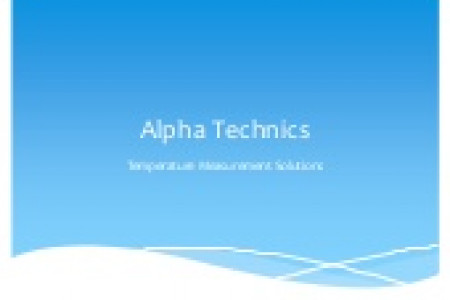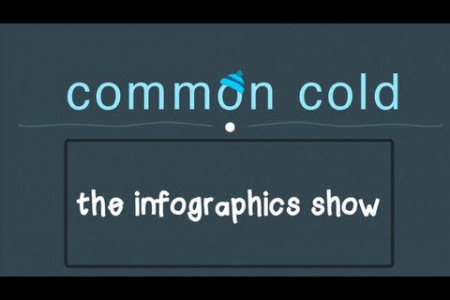
Planets Large and Small Populate Our Galaxy
SPACE, www.SPACE.com Known Types of Alien Worlds In this representative example, various types of planets found orbiting other stars ("exoplanets") are shown together in a single solar system. In reality, the different planets orbit different types of stars, from G-type yellow stars similar to our sun to small red dwarf stars. Planets and orbits are not shown to scale. Hot Jupiter - Example: 51 Pegasi b I Mass: about 0.5 Jupiter masses 1 Orbit radius: Less than 4.9 milLlion miles (7.9 million kilometers) I A Hot Jupiter is a massive gas giant planet orbiting close to its star Hot Neptune 1 Example: Gliese 436 b I Mass: about 22 Earth masses 1 Orbit radius: 2.7 million miles (4.4 million km) TA Hot Neptune is a gas giant planet orbiting close to its star Cthonian Planet Example: COROT-7b - Mass: less than 9 Earth masses 1 Orbit radius: 1.6 million miles (2.58 million km) IA Cthonian planet is believed to be a Hot Jupiter that has lost all of its thick atmosphere, leaving the rocky core - Example: Kepler-22b Super-Earth - Mass: not available (radius is 2.4 times that of Earth) 1 Orbit radius: 79 million miles (127 million km) IA Super Earth is larger than Earth but smaller than a gas giant such as Neptune Super Neptune Water World I Example: GJ 1214b I Mass: 6.55 Earth masses LOrbit radius: 1.33 million miles (2.14 million km) IA water world is a super- Earth that may have vast oceans of liquid water . Example: HAT-P-11b - Mass: 25 Earth masses 1 Orbit radius: 4.9 million miles (7.9 millión km) I A super-Neptune is somewhat larger and more massive than Neptune Terrestrial Planet - Example: Earth I Mass: 0.003 Jupiter máss 1 Orbit radius: 93 million miles (150 million km) 1A goal of the exoplanet search is to find an alien analog of Earth, or an "exo-Earth НА В I ТА в LE where an Earth-size planet can have liquid water on its surface Gas Giant 1 Example: Jupiter I Mass: 318 Earth masses I Orbit radius: 484 million mites (778 million km) A gas giant is a huge planet with a thick atmosphere of mostly hydrogen and helium surrounding a tiny, rocky core Neptune Brown Dwarf Mass: 17 Earth masses 1 Orbit radius: 2.8 billion miles (4.5 billion km) I Neptune is a gas giant with a thick atmosphere of hydrogen, helium, ammonia and methane surrounding a tiny, rocky core 1 Example: Gliese 229B - Mass: 20-50 Jupiter masses 1 Orbit radius: 3.73 billion miles (6 billion km) 1A brown dwarf is larger than a planet but smaller than a star Rogue Planet 1 Example: Cha 110913 - Mass: 8 Jupiter masses 1 Orbits the Milky Way galaxy independently I Rogue planets were ejected from their solar system and now wander between the stars The Search Goes On Only a tiny fraction of our galaxy has been searched for possible Earth-type planets. Up until now, only large planets could be found, but search technology is rapidly approaching the point where small rocky planets similar to Earth might be detectable. Large Jupiter- size planets have been found nearly 28,000 light-years away. MILKY WAY GALAXY Exo-Earth search radius: 1,500 light-years EARTH SOURCES: NASA, AMES RESEARCH CENTER, JET PROPULSION LABORATORY, HARVARD-SMITHSONIAN CENTER FOR ASTROPHYSICS, CALIFORNIA INSTITUTE OF TECHNOLOGY, ROBERT HURT (GALAXY MAP) KARL TATE / © SPACE.com
Planets Large and Small Populate Our Galaxy
Source
http://www.s...aphic.htmlCategory
ScienceGet a Quote








